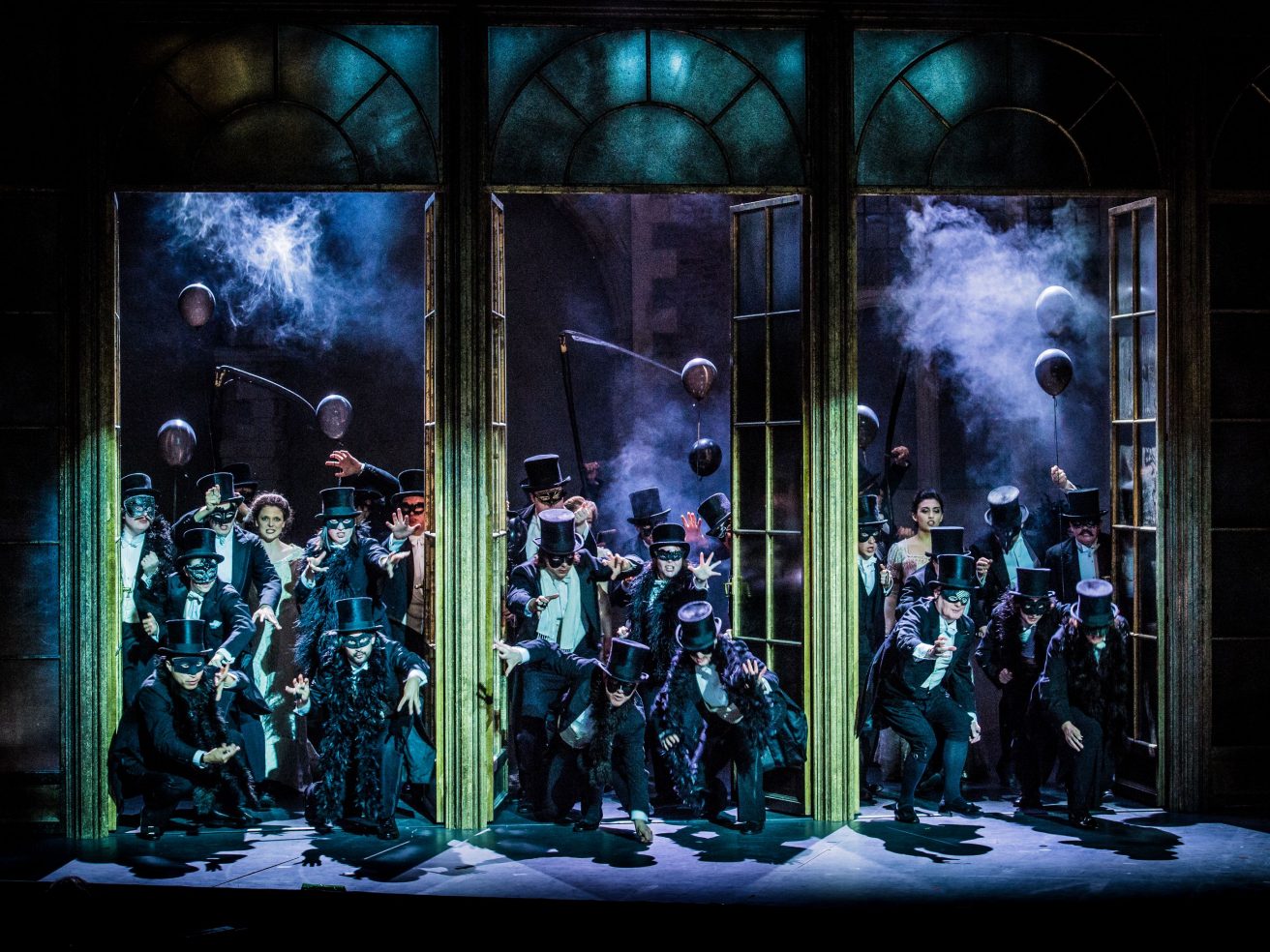All women are fickle. All men are the same.
First performed in 1790, Così fan tutte was Mozart’s third collaboration with Lorenzo Da Ponte, librettist of Le nozze di Figaro and Don Giovanni, priest, poet and friend of Casanova. The opera’s alternative title, La scuola degli amanti (School for Lovers) is arguably better.
In a comedy of tricks, disguises and al fresco seductions, the young lovers at the centre of the plot are constantly being told what to think by their elders. To Don Alfonso, all women are fickle (‘Così fan tutte’). To Despina, all men are the same (‘Di pasta simile son tutti quanti’).
The gentle-woman’s Grand Tour
The setting is Naples, a city celebrated for its beauty and its easy morals. The last stop on the eighteenth century gentleman’s Grand Tour, it was also a favoured destination for female travellers. Fiordiligi and Dorabella, two sisters from Ferrara, have taken an apartment there. Their lovers, Guglielmo and Ferrando, are soldiers stationed nearby. When Don Alfonso bets Guglielmo and Ferrando that he can prove that the sisters will be unfaithful to them within a day, a sequence of deceptions begins. Guglielmo and Ferrando pretend to leave Naples for battle and return disguised as amorous Albanians, Tizio and Sempronio.
Contemporary comedy
From the coffeehouse of the opening scene to the fashion for costumes from the Ottoman Empire, Così fan tutte was a thoroughly contemporary comedy. Mozart had visited Naples as a teenager, and wrote about Vesuvius ‘letting off steam today, holy smoke and lightning’ in a letter to his sister. He had fallen in love with Aloysia Weber, then married her sister, Constanze, whose flirtatious behaviour while away from him had become the subject of gossip. How seriously can we take Fiordiligi’s dramatic vow to be steady as a rock (‘Come scoglio immoto resta’) in a landscape where the rocks regularly move?
Music for everyone
The music is a piquant blend of baroque and classical styles, with dazzling coloratura arias and sublime serenades (‘Un aura amorosa’). There are tearful adieux (‘Di scrivermi ogni giorno’) and madcap finales that anticipate Rossini. There are nods to tarantella dance rhythms: first from Despina, a sassy, sexually confident servant heroine from the Neapolitan opera buffa tradition (‘In uomini, in soldati’); then from Dorabella (‘È amore un ladroncello’). There are love duets (‘Il core vi dono’) and bristling marches (‘Bella vita militar!’). There’s a doctor, a lawyer, a wedding feast, and a creeping sense that behind the fun are four hearts that might break while learning the difference between love and desire.


